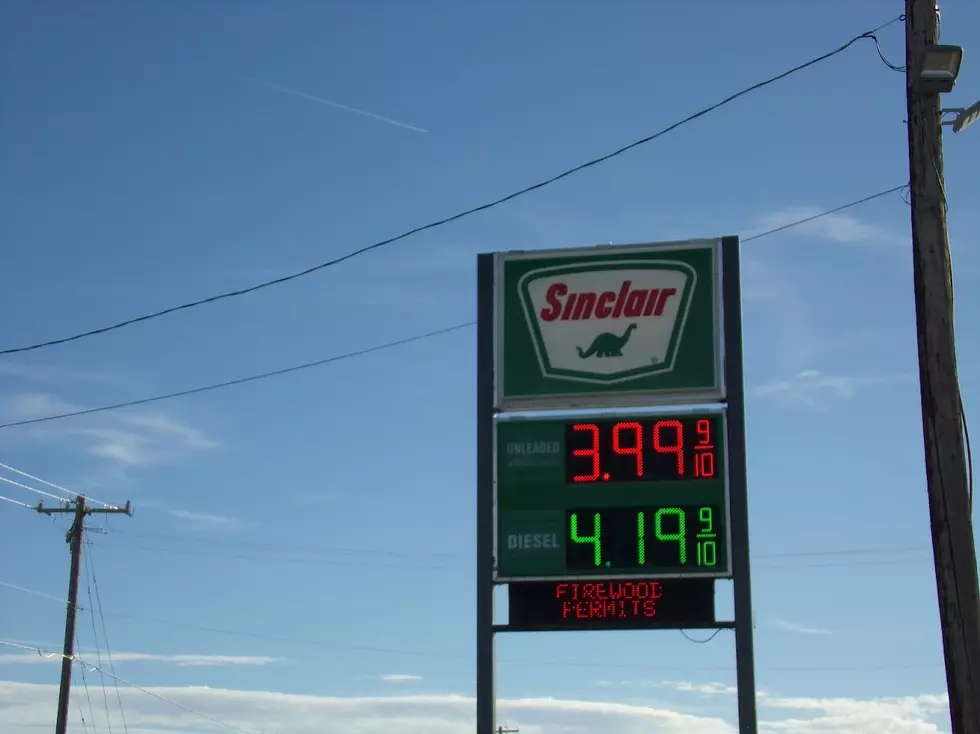
Staggering Gold Amounts Likely Remain In 4 South Idaho Counties
Treasure-seeking is a passion of many in Idaho. Southern Idaho was at one time a significant producer of thousands upon thousands of ounces of gold removed from the banks of the Snake River, and history still indicates that a great fortune is still buried in a few counties that surround Twin Falls.
Dreams of "striking it rich" weren't just in the minds of prospectors of the eighteenth and nineteenth centuries. Mineral exploration, including gold, is an expensive endeavor, but the potential rewards are astronomical. The United States produced over $80 billion of minerals in 2020 alone, according to published United States Geological Survey data.

According to information shared by Idahogold.net, Jerome County, Cassia County, Power County, and Bingham County combined to produce an incredible amount of gold from the gravel and sand bars lining the Snake River and other sites as recent as 150 years ago.
The Black Pine Mountains of Cassia County were a major mining focus of the 1860s and seventies in particular, and there are numerous old mines that remain closed off from the public that dot the landscape of this south Idaho region. The Snake River weaves through numerous counties in the southern portion of the state, and it would be incorrect to assume the river has been mostly depleted of minerals such as gold from roughly a quarter-century (1860-1885) of mining in the region.
Twin Falls County was at one time home to more than 20 mining operations in the 1800s, and there is likely a great deal of gold that still hasn't been discovered along the river there as well.




